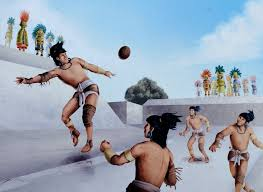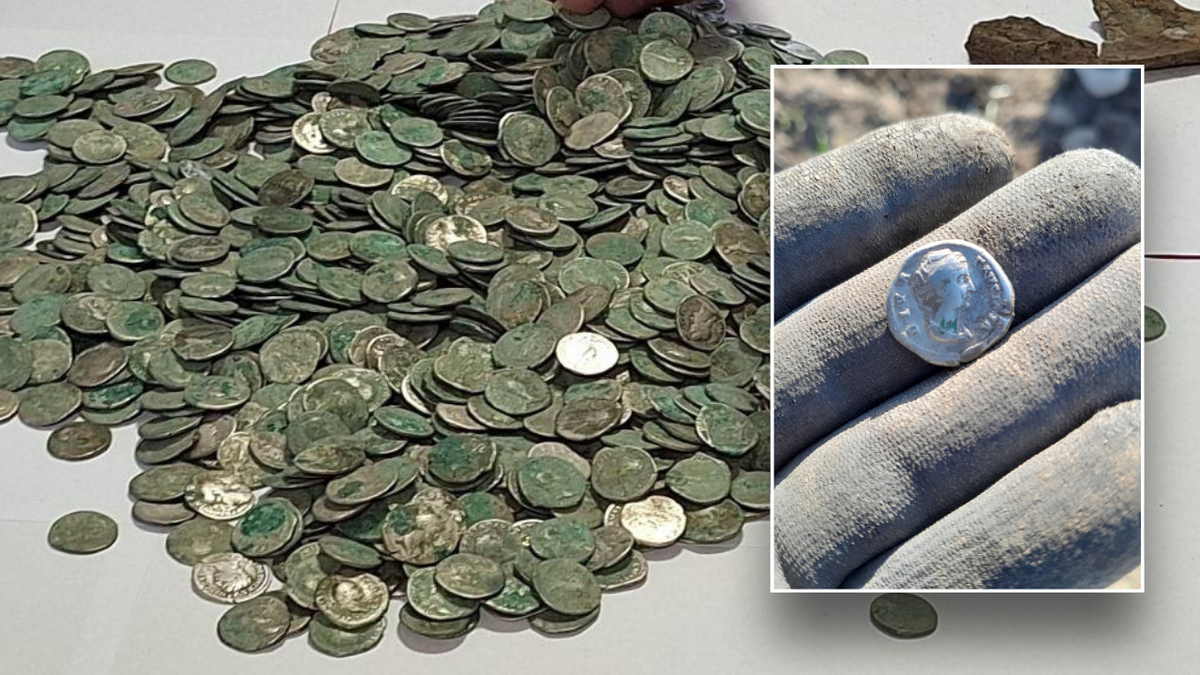A book written nearly 2,000 years ago about the lives of Roman emperors has unexpectedly become a modern bestseller. According to the Sunday edition of The Times, The Lives of the Caesars—a historical work filled with political intrigue, personal scandals, and psychological insights—has captivated contemporary readers. This classic text, originally penned by the Roman historian Suetonius in the 2nd century AD, offers a detailed account of the triumphs and controversies surrounding Julius Caesar and his 11 successors.
A Classic Resurfaces
The book's newfound popularity is largely attributed to a fresh translation by Tom Holland, co-host of the podcast The Rest Is History. His version, published by Penguin Classics on February 13, has been flying off bookstore shelves, marking the first time a classical nonfiction work from the publisher has entered the bestseller charts. The book’s resurgence demonstrates that drama, scandal, and eccentricity remain as compelling today as they were in ancient Rome.
The Appeal of Ancient Rome
Holland believes the ongoing fascination with Rome stems from multiple factors. The British connection to the Roman Empire, from its status as a Roman province to the influence of Latin on the English alphabet, likely contributes to this enduring interest. "Perhaps we feel a closer affinity with the Romans than with the Egyptians or Assyrians," he suggests.
This renewed interest in Rome coincides with a viral internet trend in which women asked men how often they think about the Roman Empire, sparking widespread discussion and social media engagement.
Gossip, Drama, and Psychological Depth
Written during the reign of Emperor Hadrian, The Lives of the Caesars offers more than just historical facts—it reads like an elite gossip column with deeply insightful character portrayals. Holland remarks, "I think its enduring popularity comes from the fact that it’s packed with the most scandalous gossip while also being remarkably psychologically astute."
Publishing director Stuart Proffitt of Penguin Press agrees, stating, "If bestseller lists had existed in 2nd-century Rome, Suetonius' Lives of the Caesars would have undoubtedly topped them."
Podcast Success and the Translation Process
Holland credits the success of his podcast, The Rest Is History, with boosting the book’s popularity. In just one month, four episodes dedicated to Suetonius garnered 17.5 million downloads. He likens the process of translating the ancient text to a long-term relationship: "Spending so much time with someone you think you'll enjoy can be revealing—sometimes in ways you didn’t expect."
With its mix of historical drama and timeless human intrigue, The Lives of the Caesars proves that some stories never go out of style—even after two millennia.




























